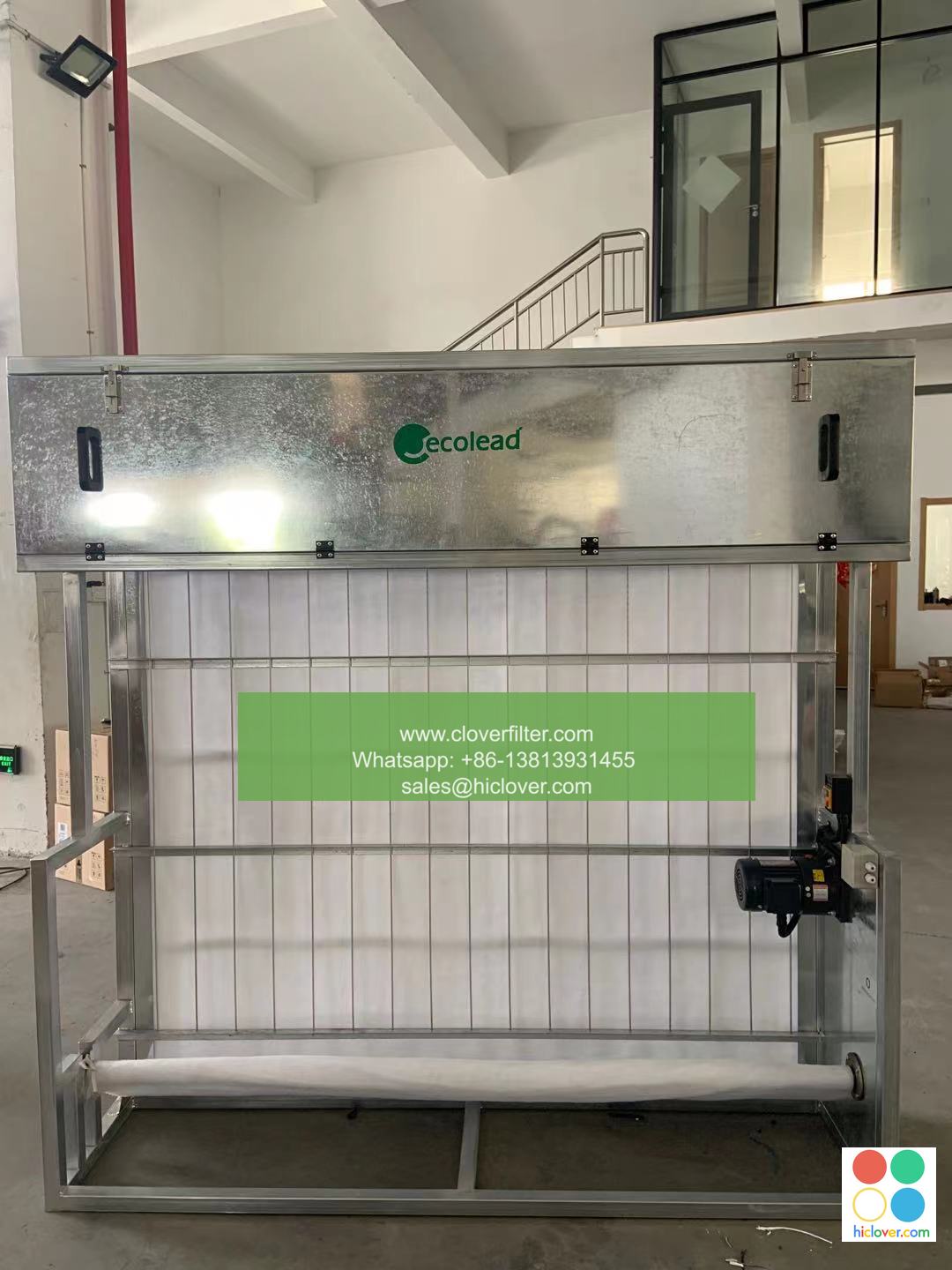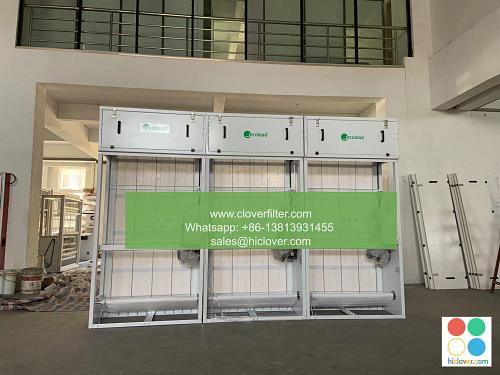Air Filter Design and Configuration: A Documentation Guide for Manufacturers

Air filter design and configuration is a critical aspect of manufacturing, as it plays a crucial role in ensuring the quality and efficiency of various industrial, commercial, and residential applications. In this article, we will provide an overview of the key considerations and best practices for designing and configuring air filters, highlighting various application areas and emphasizing the importance of high-efficiency particulate air (HEPA) filtration, ultra-low penetration air (ULPA) filtration, and gas-phase filtration.
Introduction to Air Filter Design and Configuration
Air filters are designed to capture airborne contaminants, such as particulate matter (PM), gases, and vapors, to improve indoor air quality and prevent damage to equipment and processes. The design and configuration of air filters depend on various factors, including the type of application, air flow rates, pressure drops, and filter media requirements. Manufacturers must consider these factors to ensure that their air filters meet the necessary standards and regulations, such as those set by the International Organization for Standardization (ISO) and the American Society of Heating, Refrigerating, and Air-Conditioning Engineers (ASHRAE).
Key Considerations for Air Filter Design and Configuration
When designing and configuring air filters, manufacturers must consider the following key factors:
* Filter media selection: The choice of filter media, such as fiberglass, synthetic fibers, or nano-fibers, depends on the type of application and the level of filtration efficiency required.
* Air flow rates: The air flow rate through the filter must be optimized to ensure effective particle capture and minimize pressure drops.
* Filter housing design: The filter housing must be designed to accommodate the filter media and ensure easy maintenance and replacement.
* Testing and validation: Air filters must be tested and validated to ensure they meet the required standards and regulations.
Application Areas for Air Filters
Air filters have a wide range of applications, including:
* Industrial processes: Air filters are used in various industrial processes, such as chemical processing, pharmaceutical manufacturing, and food processing, to remove airborne contaminants and prevent equipment damage.
* Commercial buildings: Air filters are used in commercial buildings, such as office buildings, hospitals, and shopping centers, to improve indoor air quality and prevent the spread of airborne diseases.
* Residential applications: Air filters are used in residential applications, such as home air purification systems and vehicle air filters, to improve indoor air quality and prevent allergies and respiratory problems.
Best Practices for Air Filter Design and Configuration
To ensure effective air filter design and configuration, manufacturers must follow best practices, including:
* Collaboration with stakeholders: Manufacturers must collaborate with stakeholders, including customers, regulatory agencies, and industry experts, to ensure that air filters meet the necessary standards and regulations.
* Use of computational fluid dynamics (CFD): Manufacturers can use CFD to simulate air flow patterns and optimize filter design and configuration.
* Testing and validation: Manufacturers must test and validate air filters to ensure they meet the required standards and regulations.
Conclusion
In conclusion, air filter design and configuration is a critical aspect of manufacturing, and manufacturers must consider various factors, including filter media selection, air flow rates, and filter housing design, to ensure effective particle capture and minimize pressure drops. By following best practices and highlighting various application areas, manufacturers can ensure that their air filters meet the necessary standards and regulations and provide effective indoor air quality solutions for various industrial, commercial, and residential applications. You haven’t provided a prompt or question for me to respond to. Please provide more context or information so I can assist you better. What would you like to talk about or ask?

